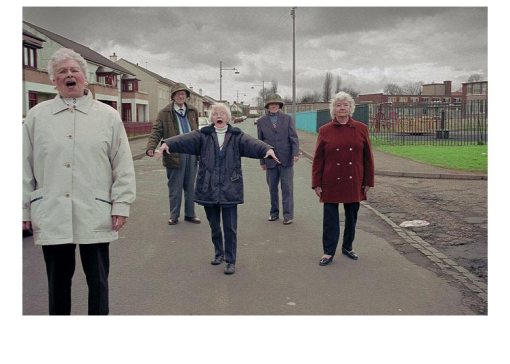All in all, this appears to have been a good week for paedophiles. As long, that is, as they can call themselves artists.
First we have the case of Roman Polanski who apparently should be forgiven for drugging and raping a teenage girl because he’s had a really tough life and makes really nice movies. My facebook wall has been covered with reposts of this article from Salon.com, which reminds us that, yes, he might make great movies, but he’s still a rapist.
But hot on its heels we have another hang-over case from the 70s, that of the photographs of pre-pubescent Brooke Shields. In case you haven’t heard about this one yet, it goes something like this:
Back in 1975, Brooke Shields’s mother gave the aptly named photographer Garry Gross permission to take pictures of her ten year old daughter naked in a bath, in full make-up and with her tiny child’s body covered in oil. The photos were used in many different contexts since then, some more obviously straight off kiddy-porn than others, because Shield’s mother had signed away all rights to the photos in exchange for $450.
In 1981, when Shields was 16, she tried to sue Gross to get control of the images, and stop them being distributed – but was unsuccessful. (Why she also didn’t sue her own pimp of a mother I have no idea…) Gross later sold the rights to the photos to American artist Richard Prince, who re-contextualised them as ‘Art’ under the title Spiritual America.
As Art, they are now part of a new exhibit opening at the Tate this week called Pop Life. But in the latest twist, the police have just ordered the image of Brooke Shields to be removed because it counts as obscenity under laws against child pornography.
Now I know at this point its expected that we all throw our hands up in the air and start spouting something clichéd about censorship and freedom and blah blah blah. But I’m finding it very difficult to not support someone, anyone, taking a stand to say that no, these images should not be displayed.
First on the general principle that child porn is wrong. The judge in Shield’s court case who ruled that the photos are not sexualised, and just show “a prepubescent girl posing innocently in her bath”, must have been either incredibly naive or on the receiving end of a good bribe.
But secondly on the fact that a particular individual, no matter what her subsequent choice of career, has been and continues to be exploited through the these images. That Richard Prince knew her objection to their distribution, and decided that this warranted him publicising them further, demonstrates a rather revolting misogyny on his part. Yeah, it makes a good story and its really, like, edgy, y’know? But some cynical wank repeating half hearted clichés about America’s obsession with sex and fame (and I realise that with that sentence I’ve probably granting his $151,000 art work more depth than it deserves – maybe he really did just want to show a naked child) isn’t a good enough reason to hurt the victims of child porn.
The photos should not have been taken in the first place. They should not have continued to be distributed after the 16 year old was old enough to made it very clear she didn’t want them to be. That she’s no longer a child doesn’t make it any different – just as it makes no difference that Roman Polanski’s 13 year old victim has managed to survive her rape and make a life for herself, and no longer wants him to be prosecuted because it would cause her and her family further harm.
I’m disappointed that it took a bunch of Met officers walking into the Tate to point out that taking photos of naked ten year old girls is wrong, and am preparing to be drowned out by the cynical, condescending cry that “Its art!” and therefore all ok. Just us its sad that it was considered all ok to allow Roman Polanski to carry on having a successful and rich life making art after he admitted drugging and raping a 13 year old child.
But its funny how these things get taken up and turned around. Last week as Polanski was making headlines across Europe and the US, Chile was gripped by quiet another story. That of a 14 year old girl who was kidnapped while walking home from the cinema with her boyfriend, violently raped and beaten, then dumped by a canal. When her father went the next morning to try and collect a prescription for the morning-after-pill that the doctor had given him, he went from pharmacy to pharmacy across Santiago only to discover that none of them actually stocked it. As time ran out for him to get it before it was too late (abortion is illegal in Chile under all circumstances), he eventually had to take his traumatised daughter to the emergency room in the hospital.
The case has caused outrage in Chile, with all the major newspapers and the candidates for the upcoming presidential election condemning the pharmacies for not stocking the pill (which has been legally available for women aged 14 and over without their parents permission since 2006). Many have pointed out that its useless it being legal, if its not available.
In the context of other news, its refreshing to know that rape of children can still cause outrage and a compassionate debate about its consequences.




